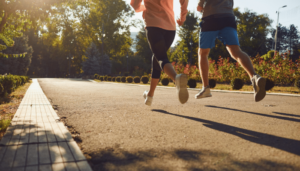
Locations Where Pedestrians Get Hit the Most
Pedestrians get hit most in urban cities. Their injuries and fatalities are but one aspect of a bigger set of problems related to road safety. Although walking is great for

Pedestrians get hit most in urban cities. Their injuries and fatalities are but one aspect of a bigger set of problems related to road safety. Although walking is great for

Being struck by a car as a pedestrian can leave you with damaging psychological and physical effects. If you’ve experienced this situation, you know how agonizing these injuries are, coupled
UTAH INJURY LAWYERS
Flickinger • Boulton
• Robson • Weeks
PROVO OFFICE
3000 N University Ave
Suite 300
Provo, UT 84604
SOUTH JORDAN OFFICE
10393 S. Temple Dr.
Suite 103
South Jordan, Utah 84095
OFFICE HOURS
Monday- Friday: 8AM-5PM
Saturday-Sunday: Closed
*Disclaimer: the information provided by this website is for informational purposes only and should not be considered legal advice or a substitute for competent legal counsel.
**SMS consent and contact phone numbers will not be shared or sold to third parties or their affiliates for any purpose.
© 2025 All Rights Reserved.